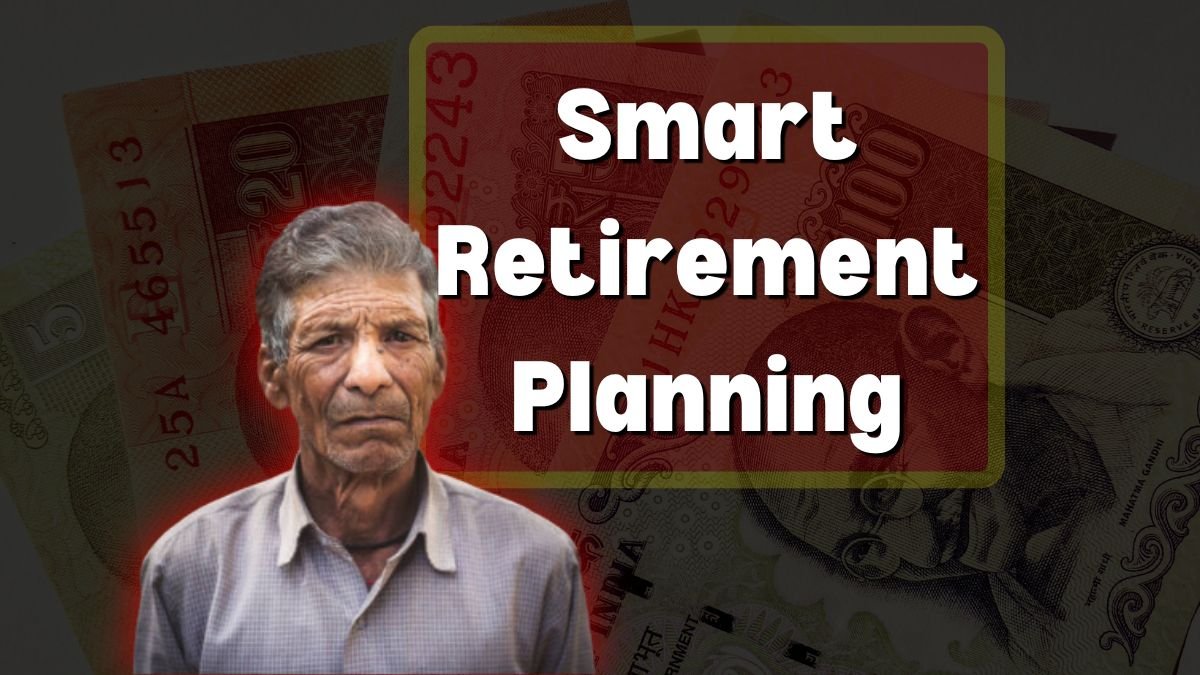Retirement signifies not leaving the work place anymore but living life according to one’s own terms and free from financial pressure. As inflation rises and healthcare costs climb, starting early with the correct investment methods would make a difference. So here’s how to create a good retirement plan for you, if you’re worried about money while enjoying the golden years.
Why It Matters to Plan for Retirement More Than Ever
Retirement is intended for relaxation and fulfillment, but not for sterile needs and hushing financial struggle. Without proper planning, basic needs or even medical expenses can become a dependency upon another person. The sooner you start, the more secure your future is going to be. Let’s see the most effective strategies suitable for retirement that ensure you’ll never run out of money.
1. Define Your Retirement Goals
Knowing how much would be required is the first step for retirement planning. Then ask yourself:
- Maintain your current lifestyle, or cut it back?
- What are your estimated expenses- health care, travel, and home maintenance included?
You can calculate this by multiplying your annual current expenses times the number of years you intend to be alive after retirement; just don’t forget inflation and some extra costs for unexpected medical things.
2. Start Investing Early—The Power of Compounding
Compounding is how the money grows faster after starting at an earlier age. Most importantly, even small, regular investments turn into a big corpus because of compounding interest over the years.
Here is an instance:
- You can start by investing ₹10,000 every month when one turns 25 and maintain your income at 12%, and by age 55, you would have created a wealth of around ₹3.5 crore.
- Or if you’re late and want to start at 35, that same investment would yield only about ₹1 crore.
The bitter Truth : The longer your wait, the greater the need to invest later to catch up by time.
3. Choose the Right Mix of Investments
Retirement savings are not available in any form of one-size-fits-all. The investments must be aligned with risk tolerance and financial goals.
Some of the best retirement investment options include:
- EPF & PPF: A good chunk of stable returns (around 8%) along with tax benefits comes from the Employee Provident Fund (EPF). The Public Provident Fund (PPF) also offers another safe, tax-free alternative.
- NPS (National Pension System): Offers potential returns of 10-12% and an additional ₹50,000 tax deduction.
- Mutual Funds (SIPs): These equity mutual funds would earn a 12-15% yield to produce wealth much faster.
- Real Estate and Annuities: Rental income from property or annuity plans can provide steady cash flow after retirement.
4. Increase Savings as Your Income Grows
Many have wrongly kept their investments the same for several years, but inflation has dictated that savings increase along with it.
- Increase investments by 10-15% per year with salary hikes.
- Portfolio reviews and adjustments regarding market conditions should be done every 2-3 years.
- Re-align it now towards safer instruments (like bonds or FDs) as you approach retirement so that capital gets protected.
5. Plan for Healthcare & Tax Efficiency
Medical expenses rise with age, and without proper coverage, they can drain your savings.
- Buy health insurance early to lock in lower premiums and better coverage.
- Maintain an emergency fund (6-12 months of expenses) to avoid dipping into retirement savings.
- Optimize tax savings with schemes like EPF, PPF, and NPS (under 80C & 80CCD(1B)).


